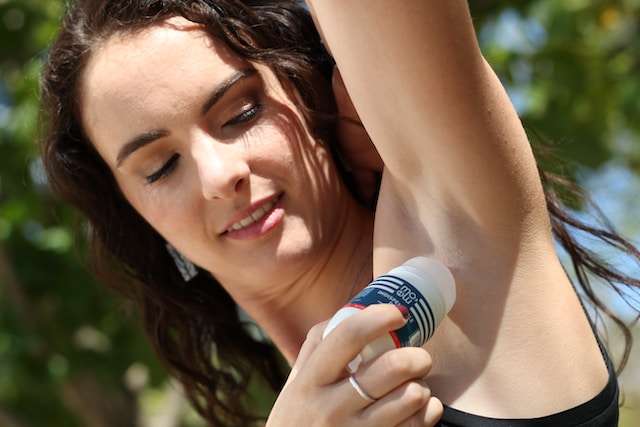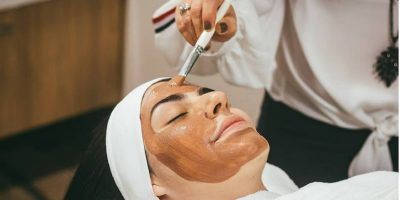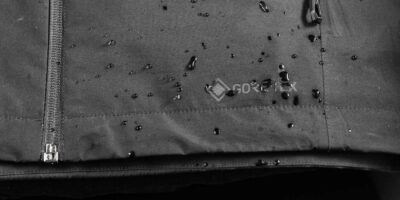
Whether it’s working out at the gym or you’re anxious about your work presentation, we know how to work up a sweat. That is where deodorant and antiperspirants come in useful. Both work to prevent you from sweating and giving off an unpleasant smell. But are deodorant and antiperspirants the same? Here’s a handy guide for you so you can decide which is best for you.
What is deodorant?

Deodorant is concocted to quash odors, but not to prevent perspiration. Oftentimes, deodorants have an alcohol base that causes acidity to reduce the amount of odor-causing bacteria. Many also contain triclosan – an antimicrobial ingredient, that keeps pesky odor-causing bacteria from developing. Overall, the purpose of deodorant is to emit a pleasant fragrance to camouflage any sweaty stench.
What is an antiperspirant?

Antiperspirants are specifically developed to reduce sweating. They are classified as drugs and thus, regulated by the FDA. The active ingredients have aluminum compounds that act as a barrier to sweat ducts which curtails how much sweat is created. Even if you’re wearing a tee developed with sweat and odor control in mind, none are 100% fool proof and those embarrassing wet spots can still pop up. With antiperspirants, the underarm is dry.
Which should you choose?
If your aim is to prevent odor from forming, use deodorant.
If your aim is to prevent sweating, use antiperspirant.

Still feeling indecisive? There are a couple more options to fit your needs:
- Colognes and perfumes can be a great complement to antiperspirants for those that want to forgo deodorant.
- there are also deodorant-antiperspirants combos available that leave a fresh scent and keep sweat at bay. Looking at the label, it should indicate if it’s a combination product.
In the event it’s ambiguous, it’s advisable to scrutinize the ingredients list for more clarification. To differentiate, you are typically looking for the active ingredient “aluminum” in antiperspirants, while deodorants usually do not have aluminum but may contain antibacterial agents like alcohol.
Frequently Asked Questions
When is the best time to apply deodorant or antiperspirant?
Antiperspirant is best applied at night to give it time to block sweat ducts. For deodorant, it ought to be put on in the morning, noting the skin should be clean and dry.
What's the best version to use?
Stick deodorants and antiperspirants allow for more control of the coverage you apply, but it’s more likely to stain clothing and care needs to be taken if you have sensitive skin. Roll-on forms are less likely to stain, but you have to wait until it’s completely dry to avoid residual transfer. Aerosol sprays are not best pals with the environment. Having said that, they dry faster and many offer formulations that are much less likely to stain.
I sweat in more intimate areas. What are my options?
It is perfectly natural to sweat in our more private areas. This is an instance in which you may want to pay more heed to regular cleansing of intimate areas. If a smell concerns you, it’s a much better practice to make an appointment with your doctor. However, if you are absolutely intent, an unscented solid deodorant may be used.
My clothes are soaked with sweat. It's embarassing. What can I do?
If you’re sweating excessively, especially without any strenuous physical activity or temperature changes, it could be a condition called hyperhidrosis. It may be a good time to visit with your doctor to discuss options.
I have serious health concerns about the ingredients. What should I know?
The most common concern that appears in conjunction with deodorant and antiperspirant usage is that the aluminum causes breast cancer. To the point, there is no current evidence that implicates use of these products will contribute or cause breast cancer. The only consideration given in regards to deodorant and antiperspirant usage and breast health was to not use it on the day of a mammogram. The aluminum present in such products may display themselves in such a manner where their appearance mimics microcalcifications. These can be early indicators of cancer, so it’s best to leave the antiperspirant (or two in one deodorant/antiperspirant) at home to ensure as accurate a screening as possible. The one note people may wish to pay attention to is the role of kidney disease. Excessive levels of aluminum in your body are typically filtered out by your kidneys. In those with kidney disease however, even more so if your function is less than thirty percent, you aren’t able to filter out the increased level of aluminum which has the ability to contribute to development of bone diseases and dementia. The FDA requires warnings to be included about risks associated with kidney disease.
Image credit: Unsplash












